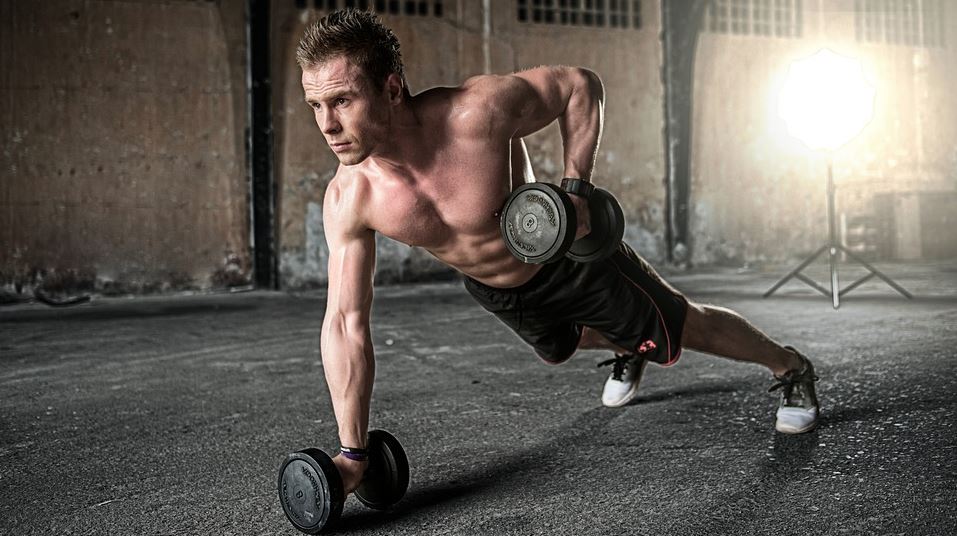Physical fitness is important to our general state of well-being, but there are times when the results are a little too effective. A good workout may boost adrenaline and the brains “feel good” neurotransmitters, but it can often leave the body feeling sore and stiff. While this may be a sign that the workout was effective there are ways to alleviate those sore muscles and aching bones.
Snack on Pineapple or Cherries
Right after your workout is the best time for this remedy. The bromelain found in pineapples is an enzyme that acts as a natural inflammatory and research has found that it’s just as effective as anti-inflammatory medications. Similarly, tart cherries or the juice from tart cherries also work to reduce inflammation, alleviating much of the soreness produced by an especially intense workout. If pineapple and cherries aren’t appealing to you, most health food stores sell bromelain supplements.
Apply Arnica to the Affected Areas
This natural herb has been called Mother Nature’s version of Bengay. A study first published in Rheumatology International reported that arnica is just as effective in soothing soreness as ibuprofen. Thomas Kouo, a licensed acupuncturist and professor at Pacific College, recommends developing a cream or gel with arnica and applying it directly to the skin. This will reduce both swelling and soreness.
Soak in a Hot Tub
It’s best to wait a few hours after your workout for this method. Going for a soak in one of many hot tubs in Woodinville, will help circulation and reduce inflammation that causes muscle soreness and stiffness. The tightening of the muscles, which is the focus of working out for many people, is what causes the soreness and stiffness in the body. By loosening up the muscles a bit and promoting more efficient blood flow, that discomfort is reduced or may be eliminated altogether.
Massage Aching Muscles
A deep tissue massage, performed by a trained expert, can be very beneficial in reducing the inflammation that causes stiffness and muscle soreness. It does this in two ways. First, it boosts blood flow to the muscles and, second, it helps to eliminate the inflammatory chemicals that are the root cause of the muscle soreness. In a study shared by Science Translational Medicine, it was found that the best results were achieved when the masseuse first massaged the muscle above and below the affected area. Then, the massage should be steadily worked toward the sore area.
A second option is to perform a self-massage and this may be more appealing to some people. This may be the better option, if you’re not keen on having another person touching your sore and aching muscles. Performing the massage yourself will help you control the level of pressure, so you won’t suffer additional discomfort during the process. The best way to perform a self-massage is with a foam roller or a massage stick. These tools will help you stretch out sore muscles to relieve the tension responsible for soreness and stiff body parts. If you don’t have a massage stick or foam roller, a tennis ball can also be used.
These are just a few ways that workout soreness can be alleviated or reduced. Certainly, we know the old adage “no pain, no gain” is true, but that doesn’t mean we have to live with that discomfort. By pursuing methods to reduce pain and soreness, we can help our muscles to heal faster, so we’ll be energized and eager to keep a regular workout schedule. Something different will work for each individual, so, if any of these methods don’t work for you, keep looking. There’s bound to be some way to alleviate your post-workout soreness.

